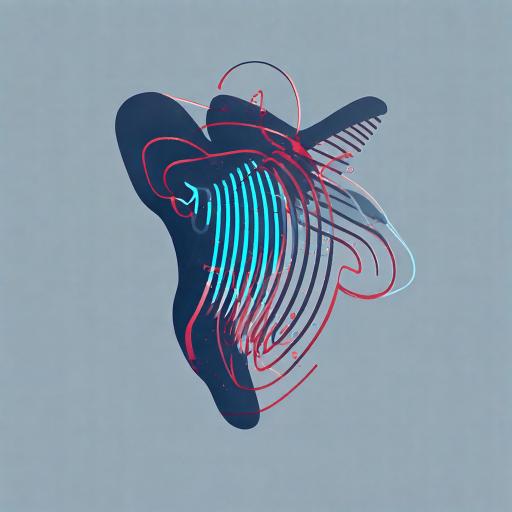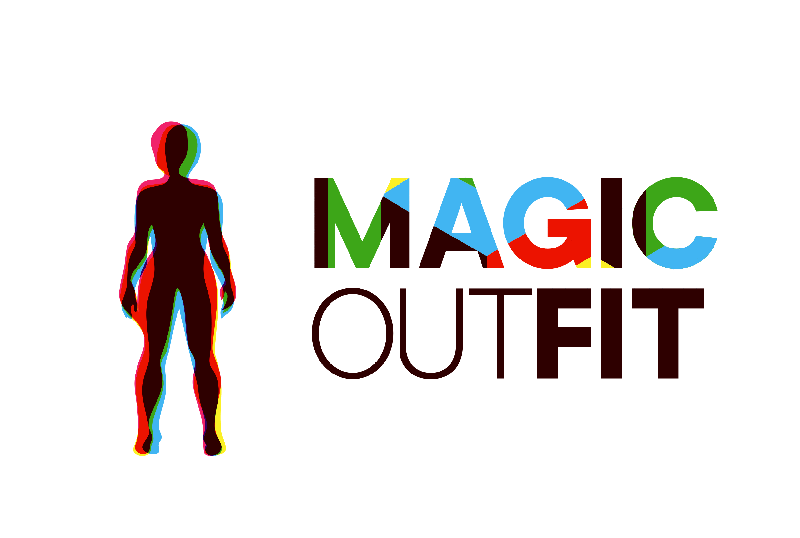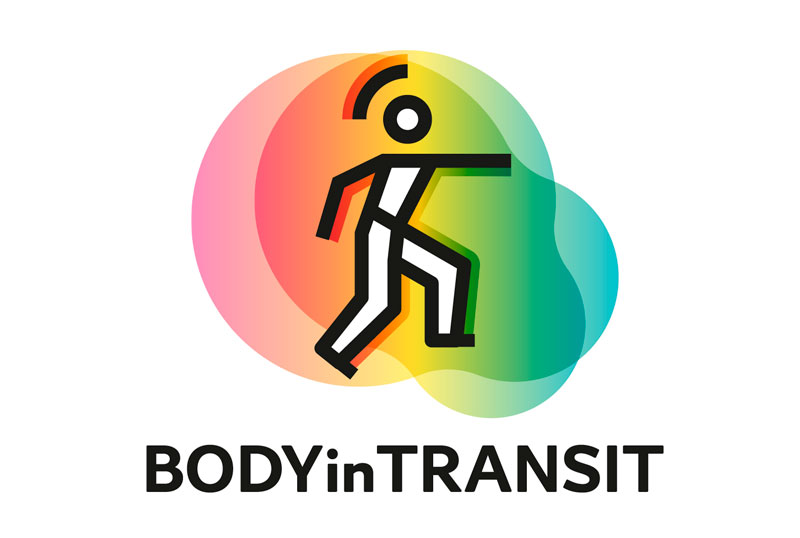Projects
SENSEBIT-DS
SENsory and Body perception EvAluaTion in Depressive Symptomatology 2025-2028 El proyecto SENSEBEAT investiga los patrones sensoriales y la percepción corporal en trastornos depresivos. Las alteraciones
MagicOutFit
Changing body perception through wearable technology and sensory feedback to promote emotional and physical health. 2020-2023 MAGICoutFIT is a research project funded by the
BODYinTRANSIT
Sensory-driven Body Transformation Experiences On-the-move. 2022-2026 BODYinTRANSIT is a research project funded by the European Research Council (ERC) under the European Union’s Horizon 2020 research



